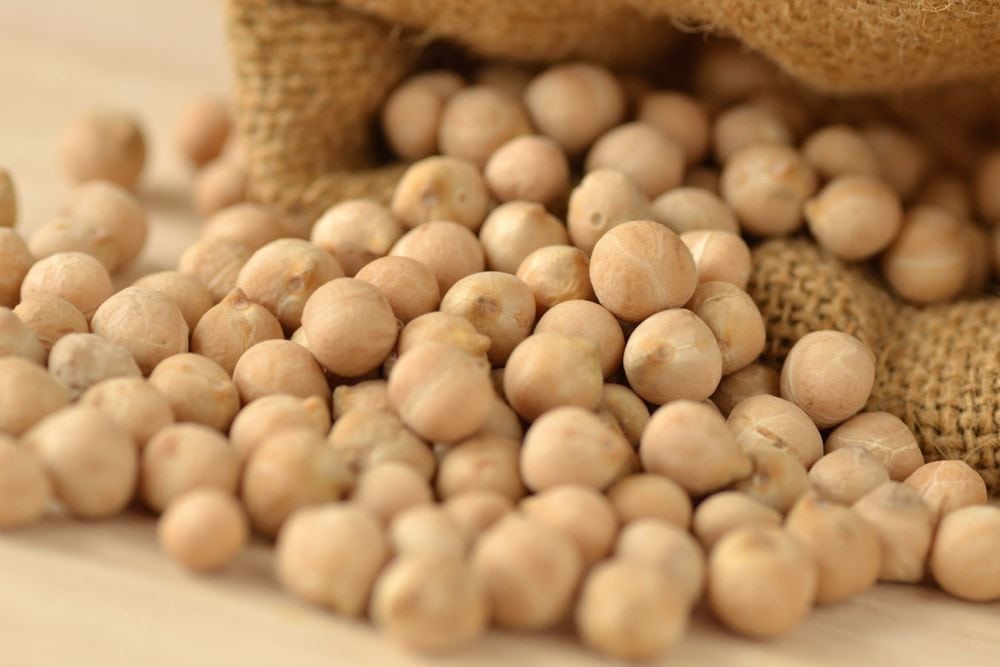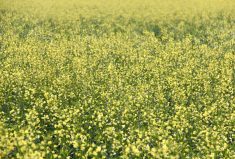MarketsFarm — Since chickpea prices fell rapidly during last year’s harvest, the jury is out as to what the chickpea market holds this year.
“Acres are going to be down this year because the price isn’t what it was a year ago,” said Melody Ector, president of Diefenbaker Spice and Pulse at Elbow, Sask.
Prices dropped significantly in 2018 from the 60-cent/lb. range they saw in the spring, falling by about 40 per cent after harvest, said Darwin Hamilton of Kalshae Commodities in Winnipeg.
Read Also

U.S. grains: Wheat futures rise on supply snags in top-exporter Russia
U.S. wheat futures closed higher on Thursday on concerns over the limited availability of supplies for export in Russia, analysts said.
However, Hamilton believes that despite tumultuous prices, acreage across Canada will increase.
“With all the political issues going on in the world, chickpeas are one of the few crops that are returning farmers a little more money right now,” he said.
“I would say chickpea acreage will only be up by about 10 per cent.”
When it comes to prices, because Canada produces a small fraction of the world’s chickpeas, “we’re more of a price taker or a price follower,” Ector said.
“Lots of other countries grow chickpeas, we’re just one of them.”
Current chickpea contracts are trading around the 25 cents/lb. range. Hamilton expects those prices to correct to about 35 cents, and higher next spring, though not to as high as in spring last year.
Since India placed tariffs on a host of Canadian pulses, exports to India have fallen significantly.
Hamilton predicted chickpea prices will be buoyed by the North American market, including the pet industry.
“That will cause prices to even out. If we see good-quality chickpeas, there will be an opportunity in the fall.”
— Marlo Glass writes for MarketsFarm, a Glacier FarmMedia company specializing in grain and commodity market analysis and reporting.
















